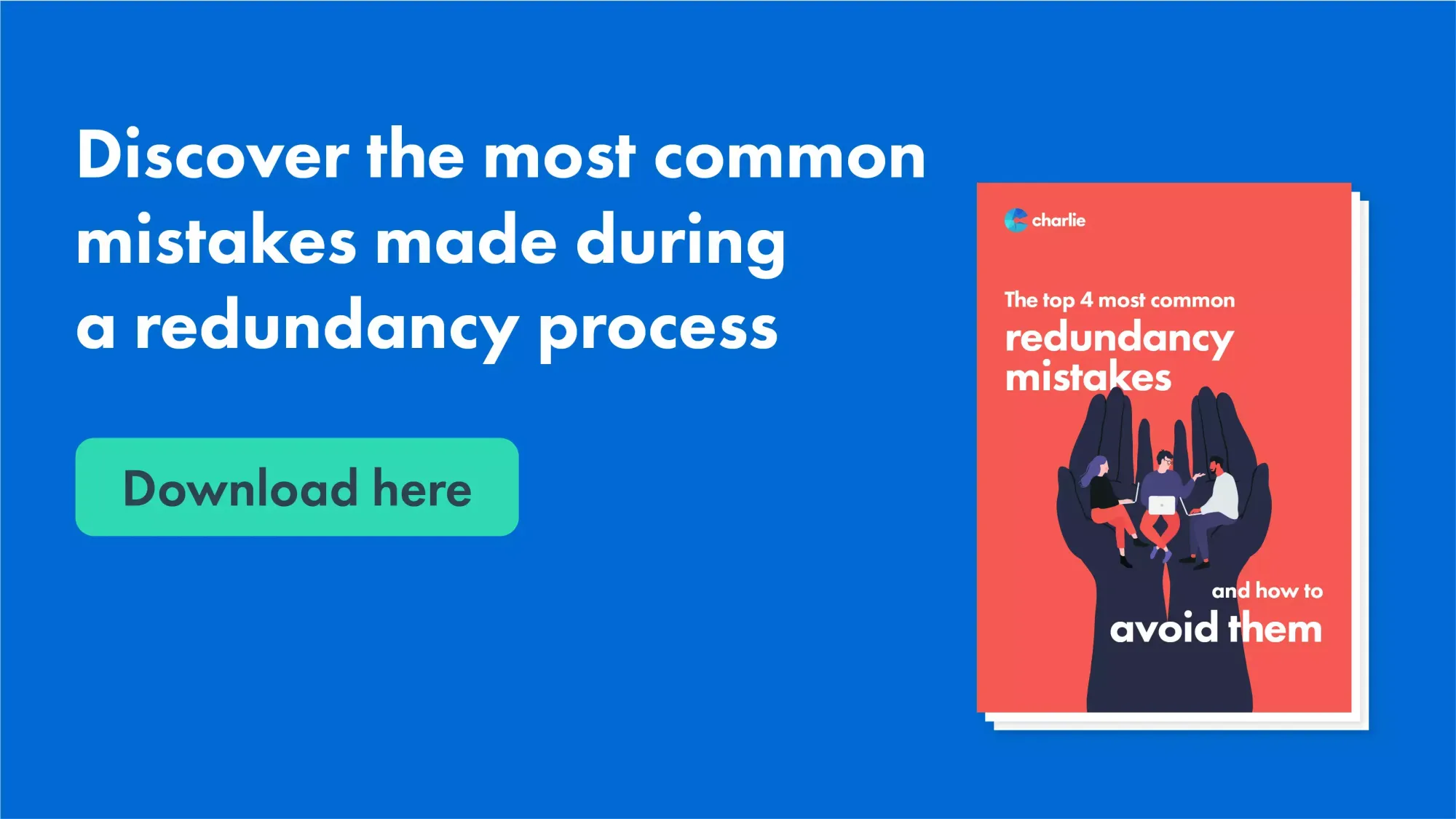Who Pays Redundancy Money? Recognizing Company Responsibilities in the UK
Discovering the Operational Dynamics of Firm Redundancy and Its Long-Term Sustainability

Redundancy Techniques for Business Connection
In order to make certain undisturbed operations, organizations should execute efficient redundancy approaches for company connection. Redundancy in this context describes the duplication of important parts or features within a system to alleviate the effect of prospective failures. By integrating redundancy methods, companies can enhance their durability against interruptions created by numerous factors such as natural catastrophes, devices failings, or cyber-attacks.
One usual redundancy approach is the execution of backup systems and data storage solutions. This involves producing duplicates of important information and systems that can be turned on in instance of a key system failing. Additionally, organizations can establish repetitive communication channels and source of power to maintain connectivity and procedures during unexpected events.
Additionally, cross-training staff members to perform multiple duties within the company can work as a useful redundancy approach. This ensures that vital tasks can still be accomplished also if vital personnel are unavailable due to illness or other reasons. On the whole, reliable redundancy methods are necessary for services to support operational continuity and decrease the effect of potential disruptions.
Influence of Redundancy on Organizational Resilience
Offered the essential function redundancy techniques play in guaranteeing organization connection, exploring the influence of redundancy on business resilience comes to be essential for comprehending the alternative operational characteristics of a company. Business resilience refers to an entity's capacity to adapt to disturbances, recuperate from setbacks, and transform when necessary while preserving core features. Redundancy, when tactically implemented, can dramatically add to improving an organization's durability despite unforeseen challenges. By having back-up systems, employees, or procedures in position, business can better hold up against shocks and proceed procedures with marginal interruption.
Furthermore, redundancy can bolster employee morale and confidence, understanding that there are backup strategies in area to resolve unforeseen situations. This complacency can result in boosted efficiency and a much more favorable workplace. In addition, redundancy can cultivate innovation and creativity within an organization as employees really feel encouraged to take computed threats, recognizing that there is a safeguard to sustain them in situation of failing. Generally, the effect of redundancy on organizational resilience is extensive, forming the long-lasting sustainability and success of a company.
Balancing Efficiency and Adaptability in Redundancy
Attaining an unified equilibrium between functional performance and flexible versatility is a crucial difficulty in the tactical release of redundancy within organizations. Efficient procedures are necessary for maintaining efficiency and cost-effectiveness, making sure that sources are made use of efficiently. Nonetheless, extreme focus on efficiency alone can lead to rigidness, making it difficult for companies to adjust to unpredicted modifications or obstacles. On the other hand, adaptability permits companies to react nimbly to advancing circumstances, promoting advancement and durability. Yet, also much adaptability without a solid functional foundation can result in inadequacies and incongruity.
To stabilize performance and flexibility in redundancy planning, companies should meticulously evaluate their functional demands, market characteristics, and strategic goals. Carrying out lean techniques can enhance performance by streamlining procedures and getting rid of waste, while cultivating a society of flexibility and continual renovation can improve adaptability. Furthermore, buying cross-training programs and robust communication networks can aid grow a flexible workforce efficient in managing diverse tasks during durations of change. Inevitably, finding the right equilibrium between performance and flexibility look at here now is critical for constructing a sustainable and resistant organization despite uncertainty.
Long-Term Sustainability With Redundancy Preparation
To ensure long-lasting stability and security, organizations need to purposefully straighten their redundancy preparation with long-term sustainability objectives, thereby balancing operational effectiveness with flexible flexibility. Lasting sustainability with redundancy preparation includes greater than just temporary cost-cutting steps. It calls for a detailed tactical strategy that anticipates future difficulties and possibilities. Business need to see redundancy Our site not as a responsive option to prompt issues yet as an aggressive method for long-lasting success. By integrating redundancy planning with sustainability objectives, companies can produce a resilient structure that can stand up to different market variations and interior modifications.

Positive Measures for Sustainable Business Operations
How can business proactively boost their operational sustainability for long-term success? Carrying out aggressive measures is important for business intending to make certain lasting procedures.
Moreover, fostering a culture of constant renovation and discovering within the company can enhance versatility to altering market conditions and consumer needs. Motivating staff member involvement in decision-making processes and giving possibilities for expert growth can enhance morale, efficiency, and overall efficiency. Establishing clear goals, checking vital performance signs, and regularly assessing development are important parts of proactive sustainability administration.
Teaming up with vendors, consumers, and other stakeholders to advertise lasting methods throughout the supply chain can create a causal sequence of favorable influence - redundancy pay if company goes bust. By taking proactive steps in the direction of functional sustainability, companies can develop resilience, drive advancement, and secure their long-term success in an ever-evolving service landscape
Verdict

In the world of organizational administration, the critical deployment of firm redundancy stands as a crucial yet detailed method that requires a delicate equilibrium in between functional performance and long-lasting feasibility. By exploring the functional characteristics that underpin company redundancy and assessing its broader ramifications for organizational resilience and flexibility, a nuanced understanding of how redundancy methods can shape the future trajectory of a firm begins to unfold.Given the essential function redundancy techniques play in making sure business connection, exploring the influence of redundancy on business strength becomes important for recognizing the alternative operational dynamics of a firm. Overall, the effect of redundancy on business strength is profound, forming the long-term sustainability and success of a company.
In conclusion, understanding the functional dynamics of business redundancy is vital for making certain long-term sustainability.